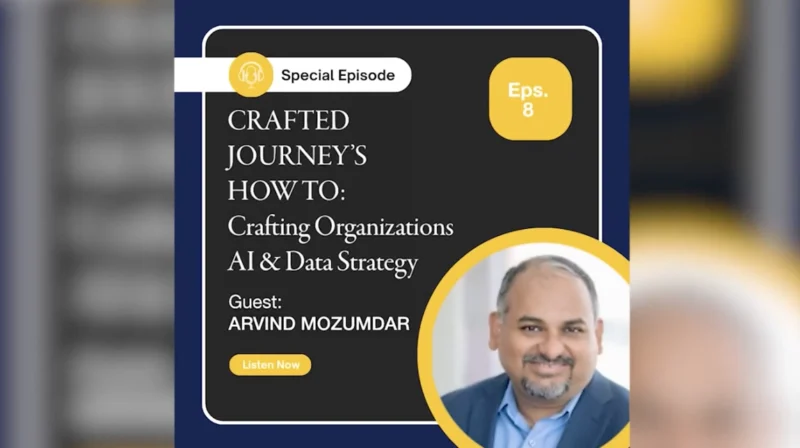How Can the Manufacturing World Recover from Mass Commodity Shortages?
A year ago as the pandemic ravaged the world and cities locked down one by one, consumers were the ones panic-buying. Today, it’s companies doing the hoarding and it’s pushing supply chains to the brink. Bloomberg’s Enda Curran reports.
Host: And what is really driving this massive supply crunch?
Curran: Well, good morning, Heidi. What’s going on right now around the world is that consumers are [sweeping] up goods in the big, rich economies at breakneck pace of demand. And the manufacturers are struggling to keep up with demand under struggling to get the kind of material they need to make their goods. So you name it, there’s a shortage of it. There’s a shortage of key commodities. Copper and iron ore prices are through the roof. There’s a shortage of semiconductors. There are logistics issues. There have been weather events. We even had the Suez Canal block at one point a few months ago. And what these manufacturers are saying is that there is a confluence and pressures on their supply line now that really is turning up. They’re turning their production model upside down and leaving them with big order books that they cannot meet, scrambling to get the input and commodity materials that they need to make their goods and facing rising costs. So it’s something of really a perfect storm for the global manufacturing sector trying to meet this demand as the world slowly holder’s way out of the COVID crisis.
Host: Talk about supply chain disruptions really pushing prices higher, accelerating inflation. What does this mean for the world economy?
“The breath of disruption this time is like nothing they’ve seen before.”
Curran: Well, this is the big debate. I mean, on paper, you’ve got commodity prices going through the roof. Bloomberg commodity index up, but its high since 2011. You know, we spoke to a lot of manufacturers recently, and they all say that the prices for everything from screws to plastic resin is going up through the roof. So on paper, you would say if these factories are facing higher costs, then they’re going to pass it along to consumers. But that’s where it becomes a little bit uncertain because economists are wondering how much pricing power these factories do have to pass on cost to the consumers and whether or not, in fact, this really is only a temporary blip given all of the supply disruption we’re seeing linked to COVID pandemic, that these kind of disruption will eventually wash through the system.
But I have to say, one thing I pick up from speaking with manufacturers is that they make the point. The breath of disruption this time is like nothing they’ve seen before. It’s not just high price for one particular commodity or not just high prices for the cost of oil, for example. It’s across the board. They’re paying through the roof for these input materials. They can’t even source input materials. So in that kind of environment, I think, you know, it would be it would be foolhardy to completely rule out any kind of inflationary spillover effect.
Host: So to that end, what do you see as it taking for the situation to improve?
Curran: Well, this is the big question, Heidi. I mean, it goes back to this whole point about are we viewing something that’s transitory? I mean, this is the line that comes out in terms of the global inflation debate. What we’re seeing is kind of temporary supply disruption. But again, when you speak to these manufacturers, they’re not seeing much by way of a circuit breaker. I mean, they’re trying to buy as much of the input material as they can right now to ensure that they have inventory to make the goods that are under order books, you know, six, nine months from now. So they’re not seeing any kind of a circuit breaker to take the shipping container issue. For example, that shortage has been running for months. Prices went through the roof. The narrative at the time was once we get past Chinese New year, that kind of blockage will ease and those prices will come down. But that hasn’t really played out like that. Likewise, the semiconductor story, I don’t think anybody seeing, you know, a near-term turnaround in that story any time soon. South Korea now talking about investing $450 billion US over a decade to ramp up that kind of chip production.
So I think, of course, some of this is transitory. Of course, it reflects what’s going on due to the pandemic disruption. But as I say, when you speak to these factory managers on the ground who are facing these procurement orders and trying to buy this material, they’re not hopeful for any kind of near-term circuit breaker and they’re not seeing any change in conditions anytime soon.
*Bloomberg contributed to this content
—
Follow us on social media for the latest updates in B2B!
Twitter – @MarketScale
Facebook – facebook.com/marketscale
LinkedIn – linkedin.com/company/marketscale







